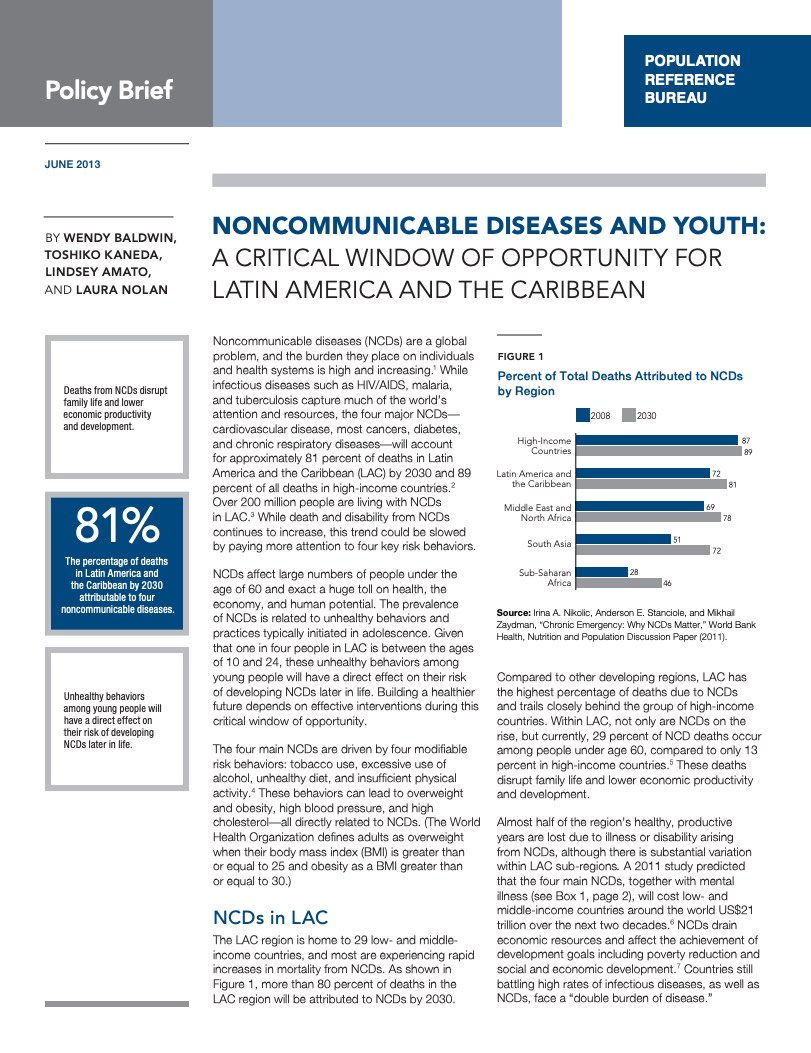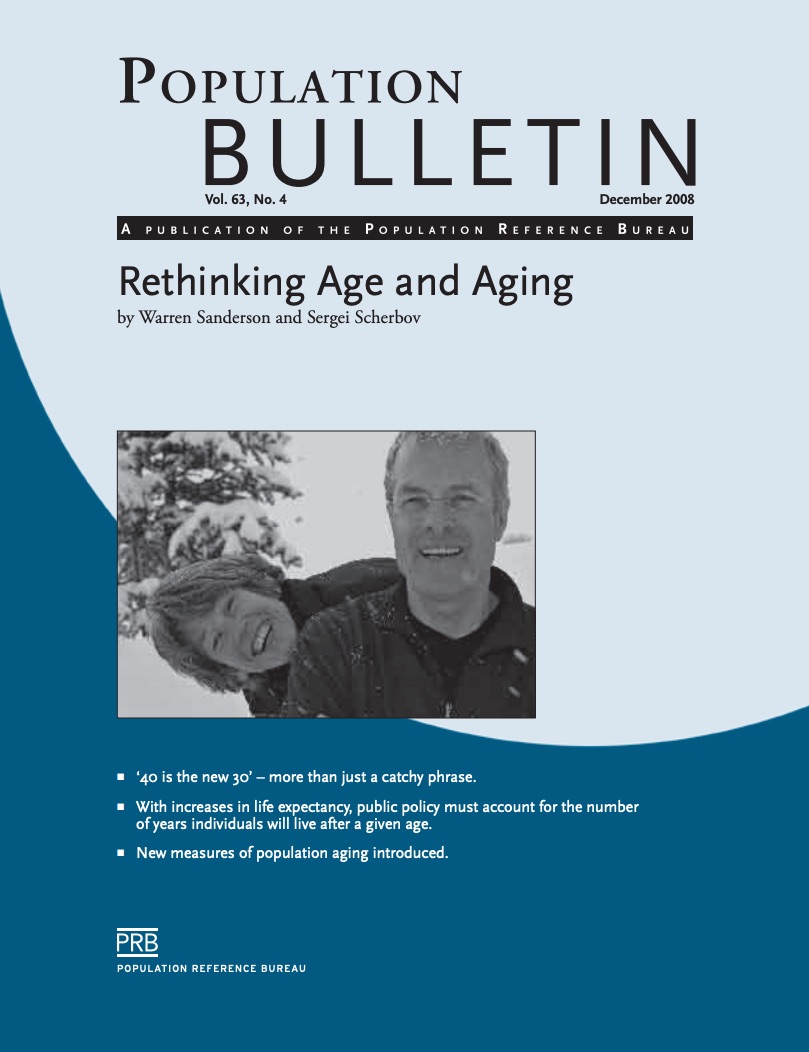HIV/AIDS and Contemporary Population Dynamics
HIV/AIDS emerged in the late 20th century. Believed to have originated in Africa, the disease has spread worldwide. Occurrence of HIV/AIDS and primary means of diffusion vary among regions. Because of the social and economic impacts of this disease, students should have a good understanding of the patterns and processes that define the spread of the disease.




